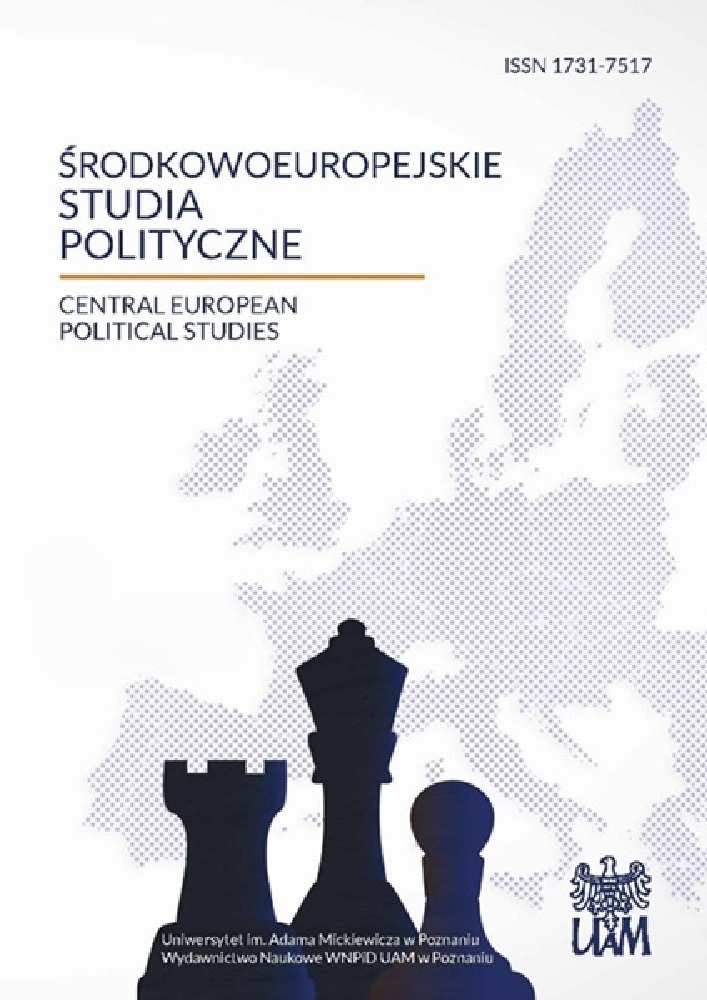Abstrakt
Alexander Lukashenko assumed power in 2004, having won the first democratic presidential elections in Belarus. Shortly after the elections, he set about reinforcing his position and took steps to restore the solutions applied during soviet times, the only difference being that the President’s administrative powers began to expand, instead of those of political party structures. The presidential position was further strengthened as a consequence of a referendum held in May 1995, when Belarusian society supported Lukashenko’s efforts aimed at closer integration of his country with Russia. The electorate also approved the return of a slightly modified national emblem and flag from the soviet times, and the equality of rights of the Russian and Belarusian languages. Struggling against the opposition, the President was aware that the durability of his success would depend on restoring balance to the national economy. The steps he proposed for this purpose assumed returning to the solutions applied during the times of a centrally planned economy, proposals which were supported by the majority of Belarusians. In the early 21st century, the authoritarian Belarusian system was founded on a relatively smoothly operating centrally controlled economy and increasing control of the state in the realms of politics and culture. More than fifteen years of Alexander Lukashenko’s rule have shown him capable of establishing an efficient system allowing a single person to hold power while maintaining a superficial appearance of democracy. The authoritarian system of Belarus skillfully combines nostalgia for the soviet system with strong presidential authority.Bibliografia
Habowski M., System rządów Polski i Białorusi – próba porównania, w: Polska–Białoruś. Wybrane aspekty polityczne i gospodarcze, red. M. S. Wolański, G. Tokarz, Wydawnictwo Adam Marszałek, Toruń 2005.
Karniajenka W., Analiza kampanii politycznej 2006 roku, w: Społeczeństwo białoruskie’ 2007. Nadzieje, złudzenia, perspektywy, Wschodnioeuropejskie Centrum Demokratyczne, Warszawa–Mińsk 2007, s. 91–100.
Łatyszonek O., Mironowicz E., Historia Białorusi od połowy XVIII do końca XX wieku, Białystok brw.
Mironowicz E., Stosunki polsko-białoruskie w XX wieku, w: Polska–Białoruś. Problemy sąsiedztwa, red. H. Chałupczak, E. Michalik, Wydawnictwo UMCS, Lublin 2005.
Polska–Białoruś. Problemy sąsiedztwa, red. H. Chałupczak, E. Michalik,Wydawnictwo UMCS, Lublin 2005.
Polska–Białoruś. Wybrane aspekty polityczne i gospodarcze, red. M. S. Wolański, G. Tokarz, Wydawnictwo Adam Marszałek, Toruń 2005.
Rudkowski P., Białoruska ideologia państwowa jako „utopia teraźniejszości”, w: Społeczeństwo białoruskie’2007. Nadzieje, złudzenia, perspektywy, Wschodnioeuropejskie Centrum Demokratyczne, Warszawa–Mińsk 2007.
Społeczeństwo białoruskie’2007. Nadzieje, złudzenia, perspektywy, Wschodnioeuropejskie Centrum Demokratyczne, Warszawa–Mińsk 2007.
Szybieka Z., Historia Białorusi 1795–2000, Instytut Europy Środkowo-Wschodniej, Lublin 2002.
Usau P., Związek Radziecki w granicach odrębnego państwa. „Ideologia państwa białoruskiego” – mechanizmy jej propagowania i narzucania społeczeństwu, w: Społeczeństwo białoruskie’2007. Nadzieje, złudzenia, perspektywy, Wschodnioeuropejskie Centrum Demokratyczne, Warszawa–Mińsk 2007.
Licencja
Copyright
© 2011, Uniwersytet im. Adama Mickiewicza w Poznaniu, Wydawnictwo Naukowe Instytutu Nauk Politycznych i Dziennikarstwa
OPEN ACCESS
